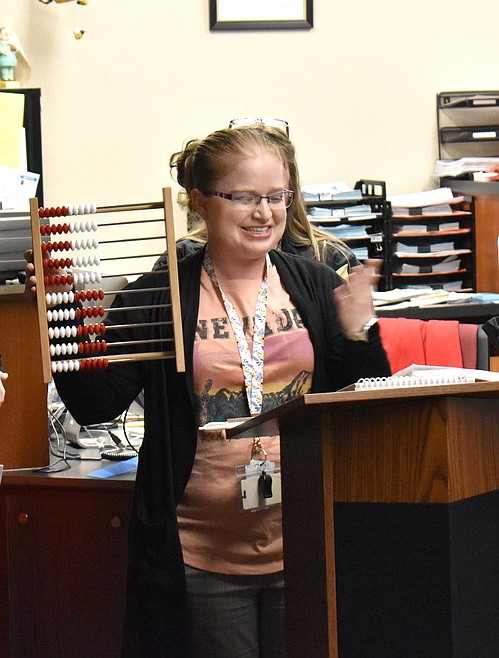Royal schools adopt new math curriculum
ROYAL CITY — Royal schools will be seeing some changes in math after the Royal School Board voted unanimously at its meeting Monday to adopt new K-3 and 4-6 math curricula.
Become a Subscriber!
You have read all of your free articles this month. Select a plan below to start your subscription today.
Already a subscriber? Login



